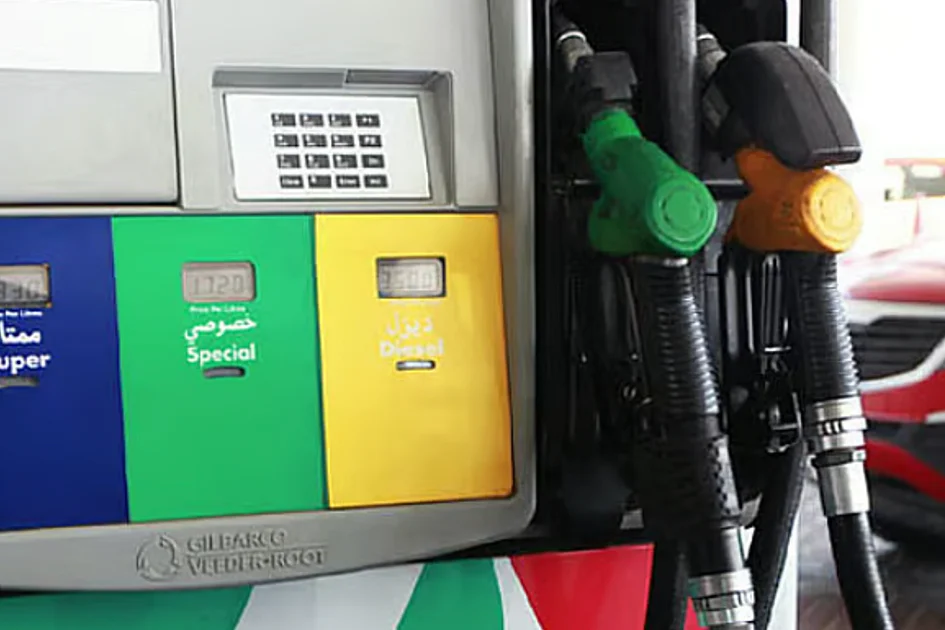Petrol Prices in the UAE
Introduction to Price Revision
Petrol prices in the UAE could be revised slightly lower in November 2025 if global crude oil remains low for the rest of this month. The average closing price of Brent crude was around $65.22 a barrel in October, compared to $67 the previous month.
Impact of Global Crude Oil Prices
This means prices could be adjusted downwards as the UAE adjusts retail fuel prices in line with global prices at the end of the month. The UAE will officially announce petrol and diesel tariffs for November on October 31.
Recent Trends in Global Oil Prices
After trending downward most days in October and hitting a nearly five-month low on fears of oversupply, global oil prices have rebounded in recent days as the U.S. announced sanctions against Russian oil companies. On Friday evening, WTI and Brent oil were trading at $61.61 and $66.05 per barrel, respectively.
Current Fuel Prices in the UAE
In the United Arab Emirates, gasoline prices were increased by seven fils per liter in October. The fuel pricing committee has fixed the prices of Super 98, Special 95 and E-Plus 91 at Dh2.77, Dh2.58 and Dh2.71 per liter respectively.
Forecast and Analysis
Brent prices fell below $61 a barrel this month on fears of a supply glut. Bank of America had previously forecast its price at $55, claiming that resilient Asian consumption and OPEC+ supply discipline would continue to support the market. However, Citigroup sees further downward pressure on crude oil prices and expects it to reach the $50 mark as economic momentum and geopolitical risk premia weaken.
Expert Opinion
Nadir Belbarka, analyst, said crude oil prices remained under pressure due to growing expectations of a surplus and weakening global demand. "Forecasts suggest global supply could rise by over three million barrels per day (bpd) in 2025 and a further 2.4 million bpd in 2026, while demand growth is expected to slow to just 700,000 bpd per year – leading to a declining supply imbalance and pushing oil to its lowest level in more than five months. Still, geopolitical tensions pose a challenge some price support. Ongoing concerns about Russian export capacity, Iranian production limits, and shipping lane vulnerabilities represent a risk premium.”

